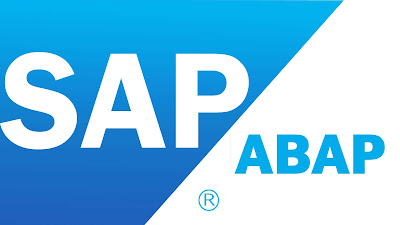What Are The Differences Between Transparent Tables, Pooled Tables & Cluster Tables?

Differences between transparent, pooled and cluster
tables are:
Transparent tables have a one to one relationship
with a physical table in an underlying database where as pooled tables and
cluster tables have many to one relationship with a physical table in the
underlying database (Relationship between tables in ABAP Dictionary &
Underlying database).
In case of transparent tables, the underlying database
table will have the same name, same number of fields and the fields will also have the same names as
defined in ABAP Dictionary whereas for pooled tables and cluster tables the
underlying database table will have different name, different number of fields
and fields will have different names from what has been defined in ABAP
Dictionary.
Transparent tables can have one or more primary key Whereas Primary key of each pooled table of a table
pool need not be same whereas Primary key of each cluster table of a table
cluster should have at least one key in common.
Secondary indexes can be created for transparent tables, but for pooled and cluster tables we cannot create any secondary index.
Transparent tables can be accessed via both Native and Open SQL whereas pooled and cluster table can be accessed by Open SQL only.